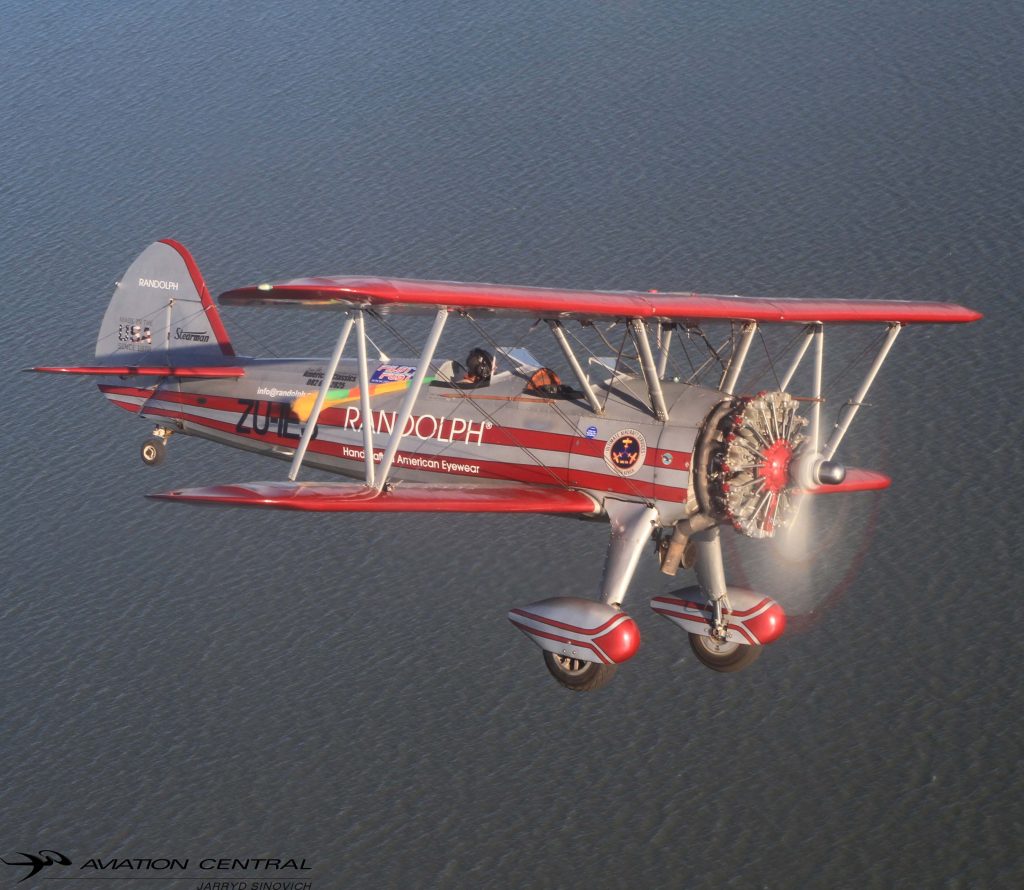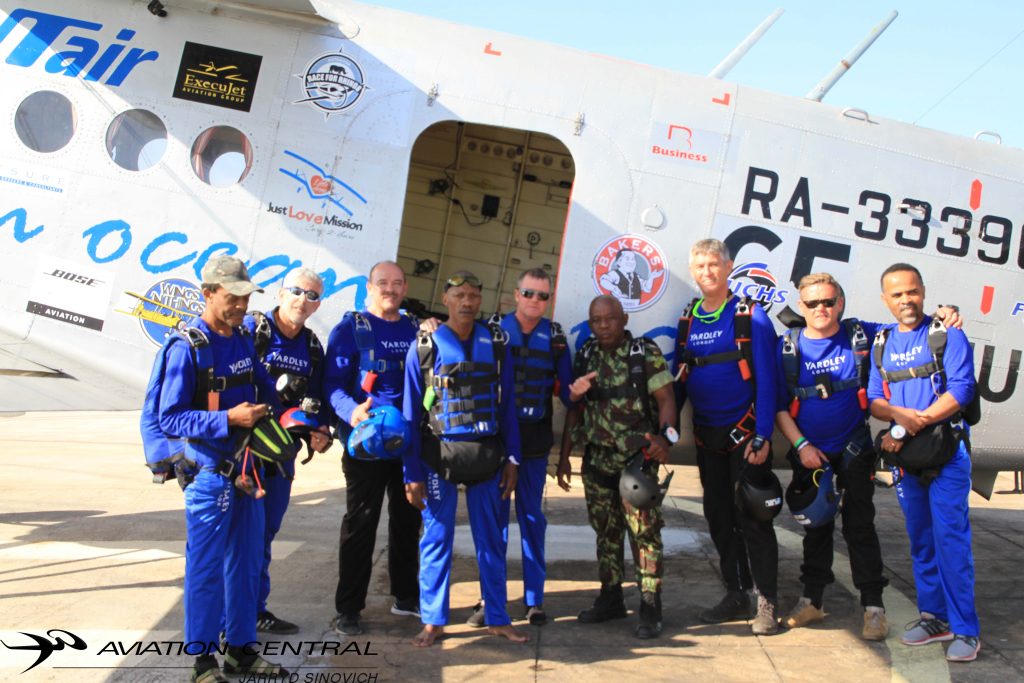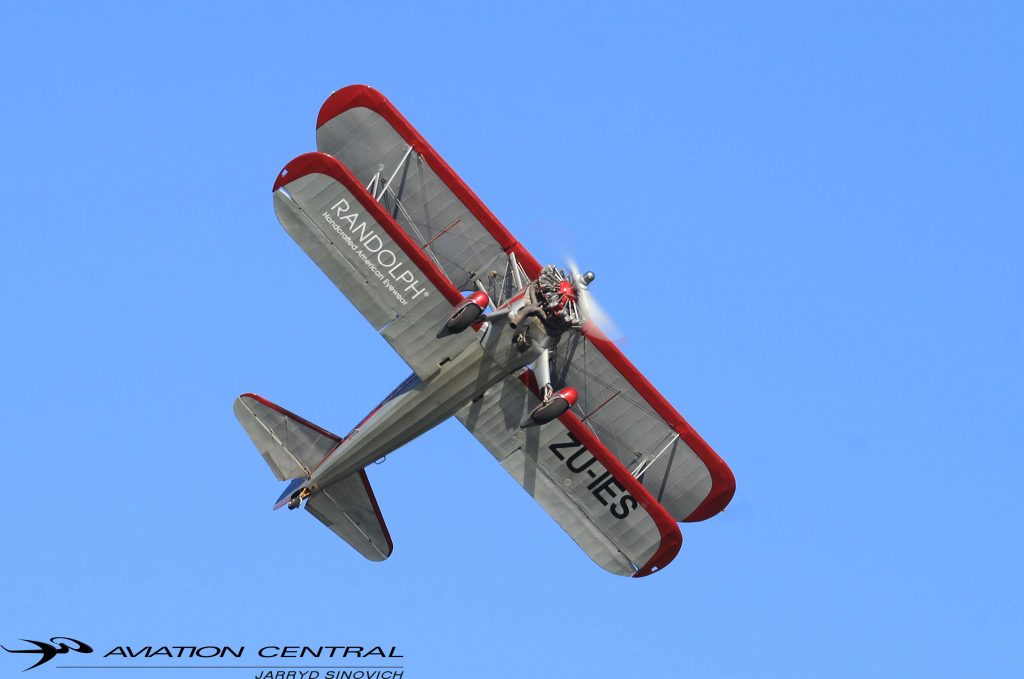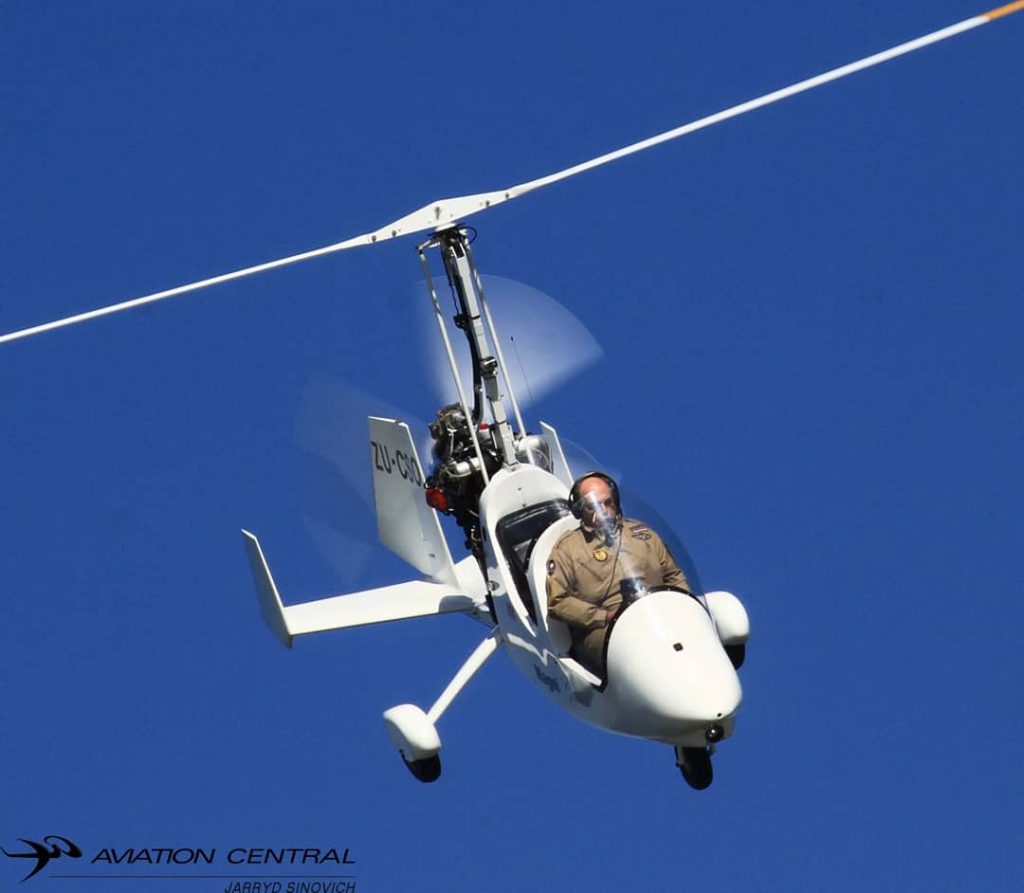O Incrível Show Aéreo de Maputo – The Amazing Maputo Airshow

It has become abundantly clear that if you have enough willingness, passion and eagerness then all things are possible. This was the attitude of not only the organizing committee of the 2019 Maputo airshow hosted by the Aeroclub of Mozambique for its 90th anniversary celebrations but also from all the relevant authorities that made the show work. It was a perfect example of a conducive synergy between the Mozambique Municipality, the Mozambique Civil Aviation Authority, the Airforce, the Police, the Harbor Authorities, as well as Air Traffic and Navigational services are the reasons why it was a resounding success and can be ranked as one of the best airshows in Africa.

The Aeroclub of Mozambique (ACM) has had an illustrious history and is the oldest Mozambican aeronautical institution and has been instrumental in pioneering the way for aviation on the African continent as wells been the forefather of commercial and military aviation in Mozambique.

Unlike other aeroclubs, whose main activity is limited to sports and recreational aviation, the history of ACM is marked by the training of aeronautical technicians by the support of public causes and by the contribution that it has given to the development of aviation in Mozambique.

Since its foundation the genesis of the Aero Clube de Moçambique has been defined by the voluntarism of its members, a principle that remains alive to this day. The purchase of its first aircraft in 1928, a Gipsy Moth, was a result of a large monetary donation and the auction of a car, a luxurious Minerva, by the man who presided over its Constituent Assembly on 6 August of that year.

The example given by Sebastião Valle and Vasconcelos would be multiplied throughout the 90 years of history of the ACM. The most symbolic and striking was perhaps the first flight that Armando Torre do Valle took between Xai-Xai and Alverca aerodrome in Portugal, in 1933. He was the first amateur pilot to fly between South Africa and the European continent, he did it with his own funds and flying his de Havilland Puss Moth. The navigation aids he relied on were very basic maps and a compass. Torre do Valle left Xai-Xai on 28 March, headed for Lumbo, flew to Malawi, then made stops in Tanzania, Kenyan, Sudan, Egypt, Tunisia and Algeria, crossed the Mediterranean sea, flew over Spain and on 4 May 1933 landed in Alverca, Lisbon the capital of the Portuguese colonial empire that still had no aerodrome.

On return to Mozambique he founded the ACM and established the first commercial aviation company of the then colony, which was bought in 1935 by the Mozambique Railways (CFM), then run by Pinto Teixeira. do Valle joined the AM with the Railways where he held the position as chairman of the board, this partnership gave a strong impetus to the creation of its flight school. This venture, in 1936 was the formation of the CFM’s Directorate for Operation of Air Transport (Direcção de Exploração do Transporte Aéreo or DETA), which in 1980 was transformed into what today is Mozambican Airlines (LAM). In addition to the creation of the Civil Aviation Services in Mozambique in 1932, Aero Colonial in 1934, and DETA in 1936, the ACM was responsible for the construction of numerous airfields throughout the country. In part this resulted from the establishment of its subsidiaries in Lichinga, Pemba, Lumbo, Nampula, Angoche, Tete, Quelimane, Beira, Chimoio, Inhambane and Xai-Xai.

The independence of Mozambique however imposed an inevitable clash of mentalities and in particular, of political wills. The vast majority of members left the country leading to the standstill in all branches of the ACM. Basically, all that was left were a few members a s well as its rich heritage.

It was with this that the ACM moved on to the post-independence era. Even so, it was the ACM’s pilots that played a key role in setting up the Mozambican Air Force by volunteering to train their pilots in 1976. The ACM also was pivotal in training the army’s first parachutists, as well as played a vital role in humanitarian efforts when the country was hit by natural disasters.

Only after the signing of the General peace Agreement in 1992 did the ACM activity once again gain momentum and part of this ongoing momentum was to celebrate its 90th anniversary by hosting an airshow that has set new standards in airshow co-operation between various stakeholders.

The Maputo airshow was held over the Baía de Maputo (Bay of Maputo), under the RNVA approach into Maputo International airport and sandwiched in between serious no-fly zones, one which include the presidents palace, with over 20 commercial operations continuing as if were just another day, just goes to show that with all stakeholders committed to the ‘cause’, anything is possible, it would be a sigh of relief if the South African Civil Aviation authorities take note of this synergy, it also proves that cross-border airshows are now becoming the place to be due to the eagerness and wiliness of all authorities to make it a success, and to add to the show highlights, drones were flown, yes, drones in controlled airspace -the mind does boggle.

All kudos must go to the four dedicated and committed members of the ACM for their perseverance and tenacity in pulling off one of the best airshows in Africa; namely Gavin Neil, Bruno Homem, João Ribeiro and Bernardino Malawene, were the driving forces behind the show. The organizing committee took cognancy of the fact that in order to pull off a show of this magnitude, help would be needed and that help came from a group of South African display pilots, Capital Sounds Broadcasting team that not only included the commentary on the day, but also played a vital role in the logistical planning of the airshow behind the scenes as well as offered critical support for the sea search and rescue operations as well as the Airshow Boss and Ramp Director from South Africa that assisted the Mozambican team in making history.

The vast crowds that filled the waterfront street of Av. 10 de Novembro (10 November avenue) were constantly entertained by non-stop action, either from the sea, air, or land as a jammed-packed airshow program kept them constantly applauding for more.

Aerial display acts included, drones, Bathawk, Boeing Stearman, Gyrocopter, skydiving, a gazelle helicopter display as well as Alo 11 helicopter display, a Yak, as well as the very famous Little Annie Antonov AN2, and some high-speed jet action in the form of the GoodYear Eagle L29 Jet. Formation aerobatic teams kept the energy going and displays flown by the Puma Energy Flying Lions in their Harvard’s, the Tailift Cows Pitt Special aerobatic team, as well as the heart-stopping Team Extreme, and the radial formation made up of an AN2, Boeing Stearman and a Yak.

When the skies above the bay were not filled with smoke, the crowd’s attention was drawn to the action on the water that included a yacht race, jet ski races, as well as a jet ski and helicopter race. For the land enthusiast, there plenty food and drink stalls, a children’s paly area as well as various activities including a sound stage that featured prominent local musicians kept everybody entertained for the entire day.

Unfortunately, all good things have to come to an end, and the penultimate display was a sunset display dedicated to the Airshow Director, Gavin Neil that saw his homebuilt Safari Z010 be flown as a tribute flight to him. Closing the show was the very special and spectacular sunset display by the Puma Energy Flying Lions.
Thanks to Mark Mansfield for the report of the Maputo Airshow.
Photos below by Mark Mansfield – M Cubed Media














































































































































































































Leave a Reply
You must be logged in to post a comment.